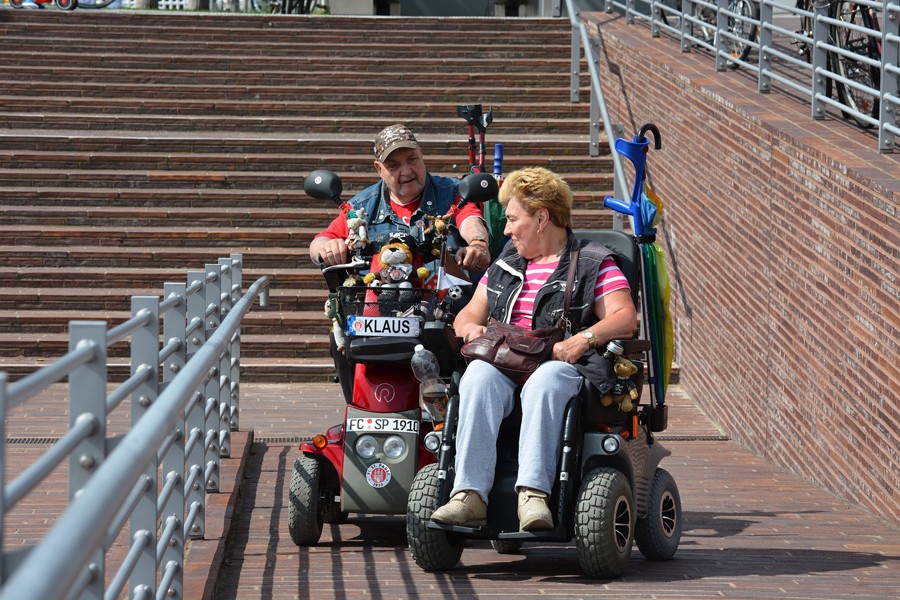Basic ideas that can help you care for a loved one with a disability.
Generally, a person is considered to have a disability if he or she has a mental or physical health problem or impairment that restricts his or her ability to perform activities ranging in importance from employment skills to hobbies. An individual’s impairment can be a functional impairment (difficulty seeing, hearing, lifting, or maintaining stamina); difficulty with specific activities of daily living (ADLs) (bathing, eating, dressing, toileting); or a problem with instrumental activities of daily living (IADLs) (doing housework, preparing meals, using the telephone).
Today approximately 54 million Americans live with a disability, some of which are more common than others. The 13 most common types of disabilities are:
- Heart disease (affects 7.9 million individuals)
- Back problems (7.7 million)
- Arthritis (5.7 million)
- Orthopedic impairments of the lower extremity (2.8 million)
- Asthma (2.6 million)
- Diabetes (2.6 million)
- Mental disorders (2.0 million)
- Eye disorders not including visual impairments (1.6 million)
- Learning disabilities/mental retardation (1.6 million)
- Cancer (1.3 million)
- Visual impairments (1.3 million)
- Orthopedic impairments of the upper extremities (1.2 million)
- Hearing impairments (1.2 million)
Who Can Help?
Many of these Americans receive help because of the Americans with Disabilities Act (ADA), which guarantees equal opportunity for Americans with disabilities in many areas, including employment, public facilities, transportation, state and local government services, and telecommunications. Generally, the ADA protects:
- Individuals who have a physical or mental impairment that limits one or more major life activities, including learning, seeing, speaking, walking, or working
- Individuals who once had a disability but no longer have it, including those who suffered from cancer or heart disease
- Individuals perceived as being disabled although they are not, such as those with severe scars or burns
- Individuals who face discrimination because they are associated with someone who has a disability, such as the spouse of someone with AIDS
Source: http://www.caregiverslibrary.org/caregivers-resources/grp-disabilities/understanding-disabilities-article.aspx

